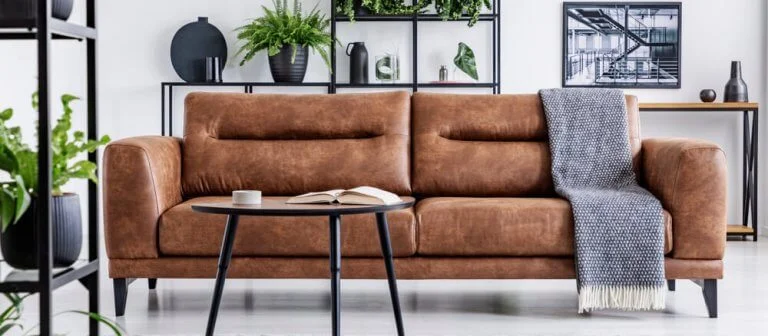Upcycling is an enjoyable and cost-effective way to breathe new life into old pieces, adding character and style to your home at the same time.
Upcycling furniture can take many forms, from adding fresh coats of paint to reupholstering chairs or sofas, and even using upcycled pieces as storage solutions in your home.
Recycled materials
Recycled materials offer an ideal solution to give old pieces new life. From glass, metal and paper to tires, textiles and batteries – most homes have access to recycled materials that can help revitalize old pieces!
Utilizing upcycled furniture offers many environmental advantages, as it reduces waste materials being dumped out by consumers, as well as eliminating new production processes to manufacture items made of raw material.
If you have some recycled material in the house – such as an old cable spool or wine barrel – give it new life with some paint! Once painted, it can be used in all sorts of projects!
Upcycling furniture is an excellent way to save money, express your creativity, and have some fun while adding personalized features not found in mass-produced pieces.
Removing layers of old paint
Removing old paint layers from furniture when upcycling it is an integral step to upcycling projects, and can make a significant impactful statement about its new life. Plus, this DIY weekend task doesn’t require carpenter expertise!
There are various methods for stripping paint off of wood, each offering different advantages and disadvantages. The optimal way depends on your choice of wood species as well as how many layers of old paint need to be stripped off.
Sanding and chemical stripping are two effective techniques for removing paint from wood surfaces, though both require time to work through multiple layers of paint. Before beginning to strip your old paint it’s advisable to test for lead content first.
Reinforcing loose joints
Wood furniture inevitably develops loose joints over time, creating points of stress that could potentially become structural issues in later years. These weak points can become major sources of worry and lead to future structural issues.
Alternatively, if the joint has come loose but is still structurally sound, epoxy could provide the perfect solution. Epoxy serves both as an adhesive and filler material that sets hard when dry; making it strong enough to firmly affix loose pieces of wood together.
Glue injection can also be an option, though its success varies – to ensure success it’s important that the glue be compatible with the wood being glued to.
For joints too loose to be held together with traditional wood glue, two-part epoxy is an ideal alternative that won’t expand and fill any gaps when drying.
Looming mortise-and-tenon joints that have come loose can be easily repaired with just a bit of glue and clamping pressure until it sets.
Choosing the right piece
Upcycling furniture can be an amazing way to express yourself creatively while showing your individuality. It works on nearly all pieces from cabinets and doors to dressers!
It is essential that the piece you select be sturdy and well made so it can withstand the upcycling process.
Before beginning your project, it is advisable to clean your piece thoroughly with soap and water in order to eliminate all dust and grime, which will make the application of paint or stain easier.
As part of your preparations, it’s also a good idea to give your piece a light sanding, which will create a smooth surface and help cover any scuffs or scratches on it.
At this point, it is essential that your upcycled piece blend into the existing decor of your home. Doing this will give it an elegant, finished appearance rather than looking cheap or rundown!




